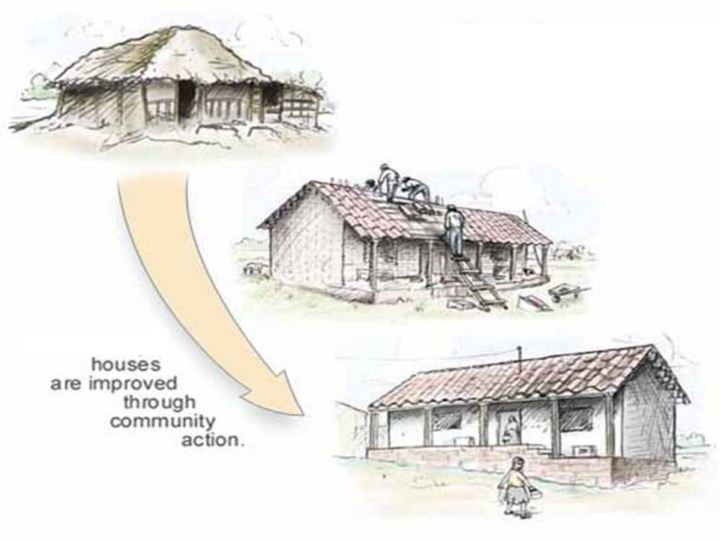 |
In
addition, many initiatives naturally have had other programs that occur
simultaneously with the spraying campaigns. These include activities such
as health education and structural improvements to the housing. Improving
the housing situation became an obvious way to try and combat the triatomine
bugs given that they lived in the cracks of the run-down huts. The WHO
suggested that improvements, even as small as replacing the roof and or
plastering over the walls to eliminate cracks, would be very helpful in
reducing the possibility of the bug infestation. Therefore, it made sense
that “chemical control complemented house improvement and vice versa” (WHO,
70).
|
